Showing 1-10 of 13 results
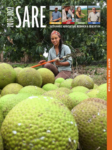
2021–2022 Report from the Field
Report from the Field features 12 stories from around the country of recent SARE grantees who are finding new ways to improve the sustainability of U.S. agriculture. The report also summarizes our total investment in research and education projects since 1988.
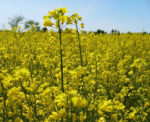
Sustainable Production and Use of On-Farm Energy
Using solar or wind energy or producing biofuels from crop feedstocks and anaerobic digestion helps farmers achieve energy independence while improving profitability and reducing fossil fuel emissions.
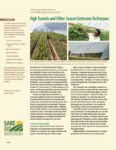
High Tunnels and Other Season Extension Techniques
From low covers to high tunnels, from hoop houses to greenhouses—producers are finding ever more innovative ways to extend the growing season, and their income stream.
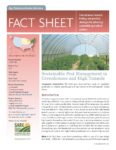
Sustainable Pest Management in Greenhouses and High Tunnels
From 2007 to 2009, Cornell researchers in New York used a SARE grant to study the efficacy of biological insect control in minimally heated greenhouses and high tunnels or hoop houses. This fact sheet reports the results and provides detailed advice on how growers can use natural enemies to manage insect pests in minimally heated greenhouses and unheated high tunnels.
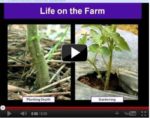
Grafting for Disease Management in Organic Tomato Production
In this webinar, learn about tomato grafting and how it can be used to manage diseases in organic open-field and high tunnel farming systems.
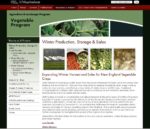
Expanding Winter Harvest and Sales for New England Vegetable Crops
This University of Massachusetts website offers resources on winter vegetable crop storage, marketing and low-cost season extension through structures such as hoop houses and low tunnels.
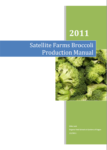
Organic Broccoli Production Manual
Steps that farmers took to scale up organic broccoli production to meet local wholesale demand.

Thermal Banking for Cold Storage
Steven Schwen's innovative energy conservation strategy uses thermal banking technology to conserve heat in his greenhouse and for cold storage.

Thermal Banking Greenhouses
Steven Schwen uses thermal banking to significantly reduce the energy costs of running a greenhouse for cold-season production.
Greenhouse Energy Conservation Strategies and Alternative Fuels
Includes curriculum materials, extension bulletins, resource lists, and a greenhouse energy model that were developed with the intention that educators can use the materials in full or part to deliver programming on energy management and conservation for greenhouse production.